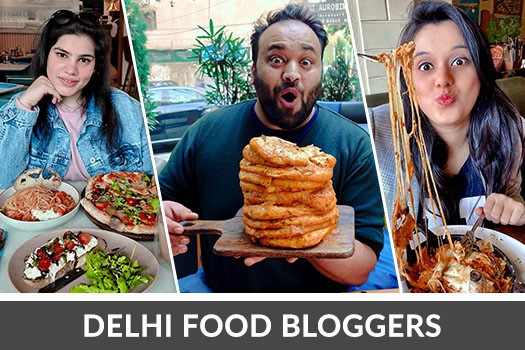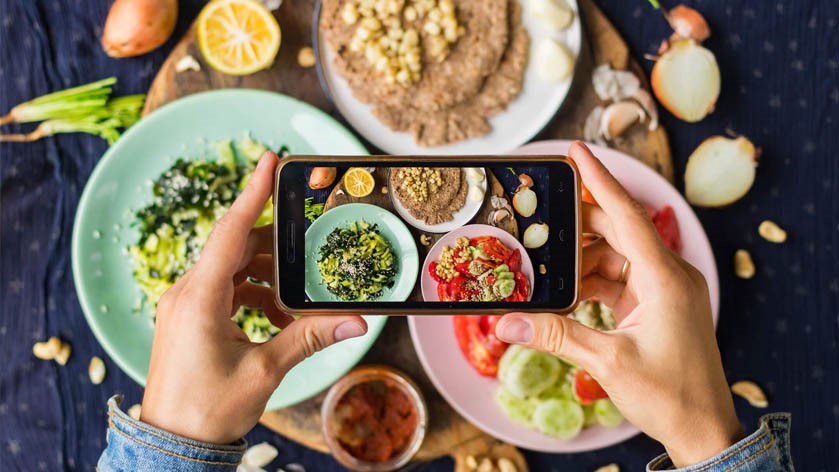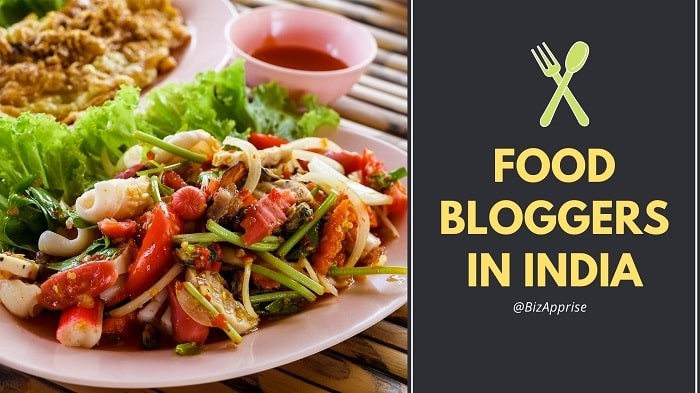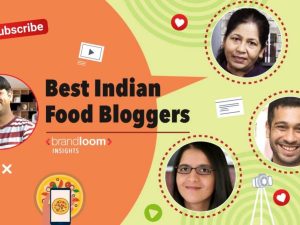For the majority of food bloggers, industry professionals and, to an extent, the regular diners, food is considered to be merely a fuel for the body or, for that matter, a humble source of nutrients, consumed for the sake of ‘existence’.

Chef Saurav a celebrated chef at the Vatel Hotel & Tourism Business School, Sushant University, Gurgaon conducted a research on the topic of virtual feeding.
In the recent days, the increase in so-called Foodie Culture has given rise to professions, those of food photographers, food bloggers & vloggers, food connoisseurs and critics, Foodie Clubs for the like-minded foodies and several more. Furthermore, there has been a number of researches in the past on how people express themselves through the food they consume and the manner in which they dress themselves up, the only change being the mode or the medium of expressing themselves…
With the onset of new age and with the proliferation of social media platforms, people have started sharing pictures of food to express their feelings even before eating the delicacies. For some, posting pictures of scrumptious, colorful and well-decorated dishes is a millennial-driven regular custom which is carried out only for a sense of satisfaction and to share how they are feeling at that moment, while for some it’s just a way to express their lifestyle. However, for many, it is also a source of earning their daily bread and butter.

The famous aphorism “We eat with our eyes First” holds tremendous importance in this era of visual hunger where food is looked upon as more than just a commodity, meant for supplying nutrients and energy, or, for the sake of self-survival.
The Cognitive Neuroscience research establishes clear linkages with whatever we consume with our five senses, it has been discovered that the search for nutritious food, in other words foraging, relies primarily on the way the prospective consumers look at it. This also means that the ongoing foodscape which we come across on social media platforms like Instagram, Facebook etc., affect both our neural as well as the physiological state, thereby developing an urge to consume the products being proposed. We should though, in this millennial age, coin it probably as digital satiation.
From the stand-alone restaurants, right through the super markets, the ready-to-eat packets, or instant foods are portrayed in a rather unrealistic and in their extremely deceptive forms by means of E marketing or by a world of other channels of the social media. Such foods are exhibited in their masqueraded, pepped-up form, and are projected to its customers as products which readily appeal to their senses and create a strong urge to consume the same. The trend, wherein most of us used to give tremendous credibility to the word-of-mouth or used to attach a lot of value to the personal experience of others, has now shifted towards a concept called Food Porn or Gastro Porn where the manufacturer directly reaches the consumer through E media in the form of persuasive visual exposures of food which result into a lot of pull when it comes to luring the diners to try out these dishes.
 Moreover, the high fat or high calorie food pictures and the pictures that exhibit a sheen of fat or glaze which makes the product shine, lures the humans more as compared to the low fat and dim light images, thus stimulating their urge to go for the dishes.
Moreover, the high fat or high calorie food pictures and the pictures that exhibit a sheen of fat or glaze which makes the product shine, lures the humans more as compared to the low fat and dim light images, thus stimulating their urge to go for the dishes.
Websites, pages and apps which digitally enhance the looks of food, despite their not being anywhere close the actual product, at the time of real dining, create a particular reaction at the back of the mind by virtue of which humans tend to succumb to the neural and cerebral activities.
With the passage of time, the food bloggers and vloggers, by virtue of their persuasive eloquence and articulation, continue to promote the already overwhelming wow effect of the products in question, thereby further escalating the consumption behavior, unmindful of the product’s nutritional quotient or the value of its constituents. It is thus established as a truth universally acknowledged that the sensory evaluations, food filters and virtual meal exposures would continue to play their part.
Abundant Instagram & snapchat food pictures are now in vogue and have earned the reputation of being named as the latest trend and on the social media platforms are pompously termed as the order for the day.
They have definitely interfered in our lives and have phenomenally influenced our eating habits. Our regular bread & butter or an ordinary looking jam-toast is now gradually shifting towards Avocado Toast, Fruit Curds, and Smoothie bowls. It is difficult to make an assumption as to the number of Instagrammers posting their breakfast pics with a number of hash tags in order to spread their reach.
People hitting the ‘like’ on these food pictures do so presumably out of sheer habit. Such a dish would probably carry no meaning whatsoever in their personal choice of food, neither would they ever ‘like’ it in ther actual lives.
With so much of advertising, promotion and publicity taking their turns these days, the real ‘soulful food’ is gradually losing its charm. Foods that heal, foods that carry the authentic taste, foods that help you transcend into a totally different world are now just Instagrammable.

And this movement just wouldn’t stop here… time is not far when the instagrammers would teach us the best ways to relish our meal, and tell us about what to do and what not to do while eating.
What should be important is to enjoy and relish the food that is real, irrespective of how the dish appears or to think whether it would be worth being posted on social media.
It is your food. Do not let features like the dim light, sauce running all over the plate, lack of bright colors, or poor photography spoil or reduce your dining experience.
Do not forget to enjoy your food through your proper, super-sensitive taste buds. Do not let anyone influence you or dictate upon you as to when, what and how to eat.
Enjoy the food your like, in the way you would love it the best…
These days the younger generation wants “something different” and their standards, thanks to their strong media connect, changes rapidly – that’s why they follow a whole lot of bloggers and keep changing their preferences, says Dr. Garima Parkash, dean Vatel Hotel and Tourism Business School, Sushant University, Gurgaon.
